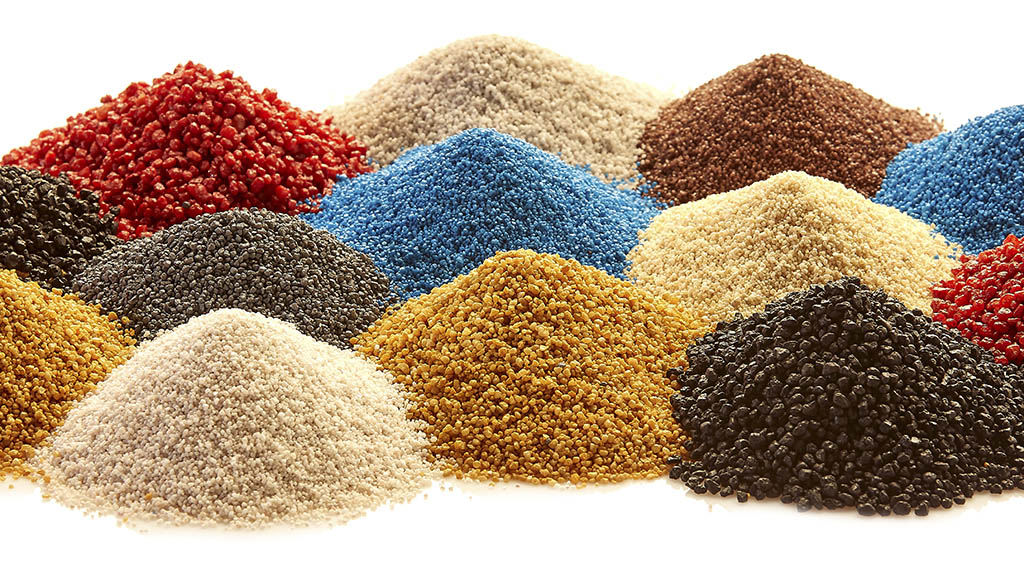Calcination-fluorine-free and nitric acid leaching to remove impurities from quartz sand
 Pickling is an important means to remove impurities in quartz, commonly used are hydrofluoric acid, nitric acid, hydrochloric acid, sulfuric acid, acetic acid and oxalic acid. When using inorganic acids for acid leaching, due to the hardness of quartz sand, the concentration of these inorganic strong acids must be very high. In many cases, the concentration of the acid is between 20-30%, and the high concentration of acid will corrode the leaching equipment. Very strong.
Pickling is an important means to remove impurities in quartz, commonly used are hydrofluoric acid, nitric acid, hydrochloric acid, sulfuric acid, acetic acid and oxalic acid. When using inorganic acids for acid leaching, due to the hardness of quartz sand, the concentration of these inorganic strong acids must be very high. In many cases, the concentration of the acid is between 20-30%, and the high concentration of acid will corrode the leaching equipment. Very strong.
The commonly used organic weak acid is oxalic acid, or a combination of some weak acids is used to improve the leaching efficiency. Acetic acid is also another organic acid leaching agent, which is completely non-toxic to the environment and basically has no loss to the target product SiO2. By adding oxalic acid and acetic acid, the impurity elements in the quartz sand can be effectively removed. In contrast, oxalic acid had higher leaching and removal rates for Fe, Al, and Mg, whereas acetic acid was more efficient in removing impurity elements Ca, K, and Na.
After calcination of quartz silicon ore in a certain place, oxalic acid, acetic acid, and sulfuric acid, which is easy to treat waste liquid in the later stage, were used as leachate to remove impurities from quartz sand. The results showed that:
(1) The total amount of impurities in the quartz ore selected for the test is 514.82ppm, of which the main impurity elements are Al, Fe, Ca, Na, and the impurity minerals are mica, nepheline and iron oxides.
(2) When the quartz silica ore is calcined at 900°C for 5 hours, the removal rate of pickling impurities is the highest. Compared with uncalcined quartz ore, the surface of calcined water-quenched quartz ore has more cracks with larger width and depth, and some holes of different sizes are distributed on the surface. This is because when calcined at 573°C, quartz will undergo a phase transition from α lattice to β lattice, and the quartz matrix will expand due to the change of lattice, and the expansion rate is about 4.5%, and the volume expansion will be lead to cracks. The cracks mainly occur at the interface between the quartz matrix and the impurity inclusions, where there are many impurities. It can be inferred that the quartz ore can produce cracks after calcination and water quenching, and the cracks will expose the impurities inside the quartz sand. , can promote the effect of impurity removal by acid leaching.
(3) The calcined quartz sand is acid-leached with 0.6mol/L oxalic acid, 08mol/L acetic acid and 0.6mol/L sulfuric acid at 80°C, with a solid-to-liquid ratio of 1:5 and a stirring speed of 300r/min. Time 4h is the best condition for leaching the quartz sand. Under the optimal conditions, the best removal rates of Al, Fe, Ca and Na are 68.18%, 85.44%, 52.62% and 47.80%, respectively.
